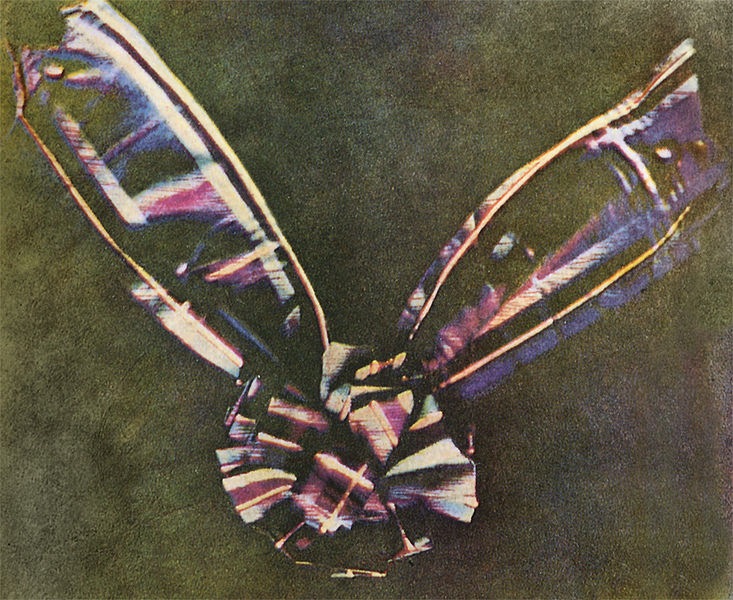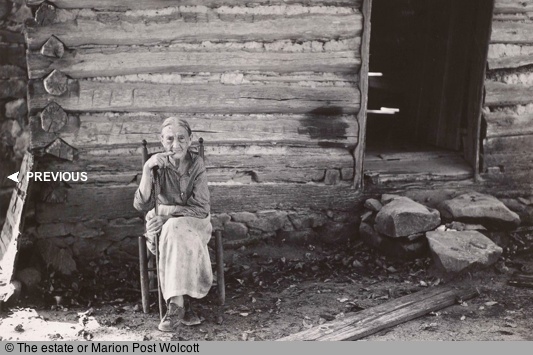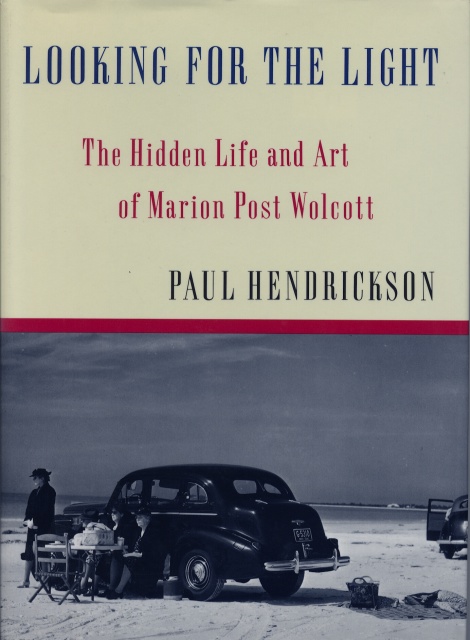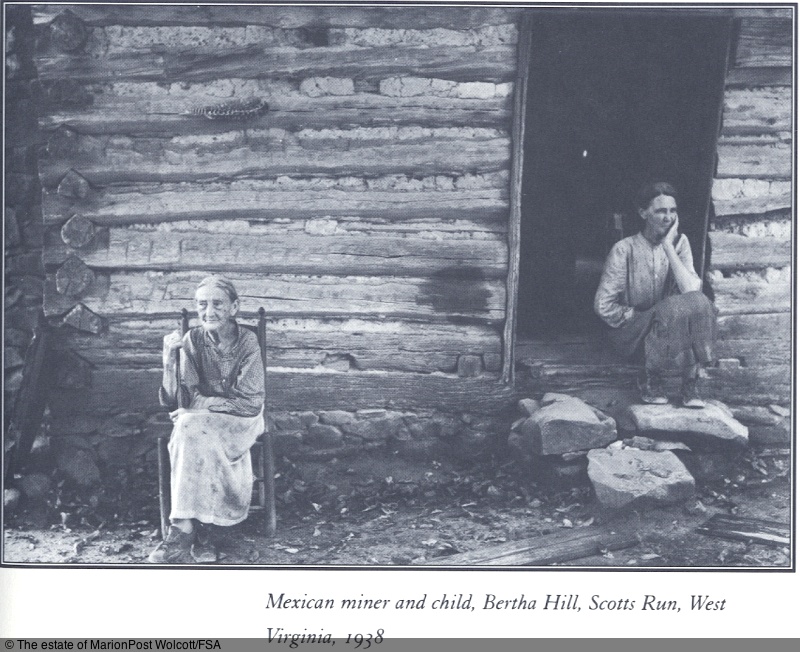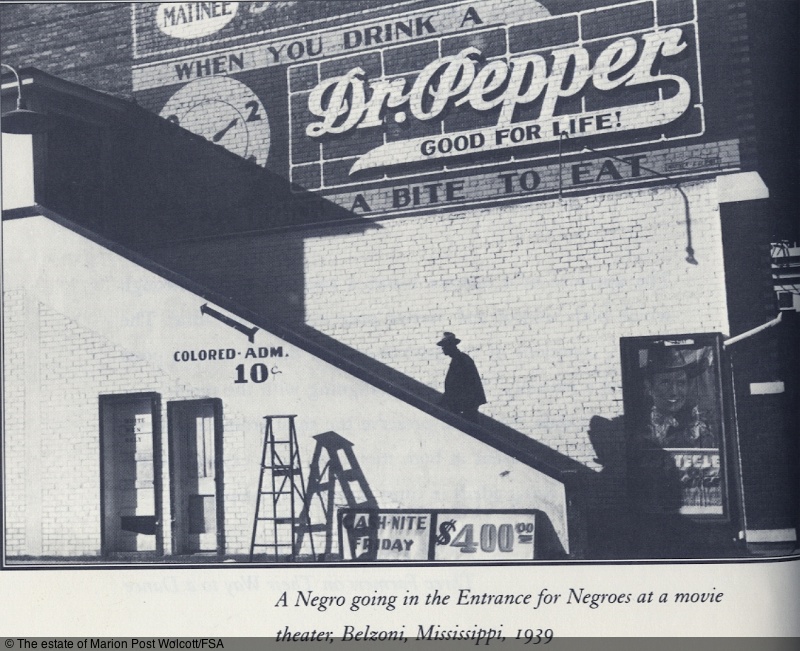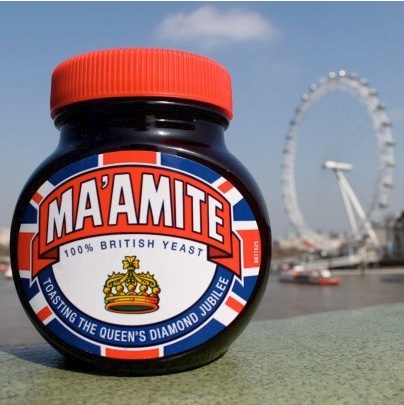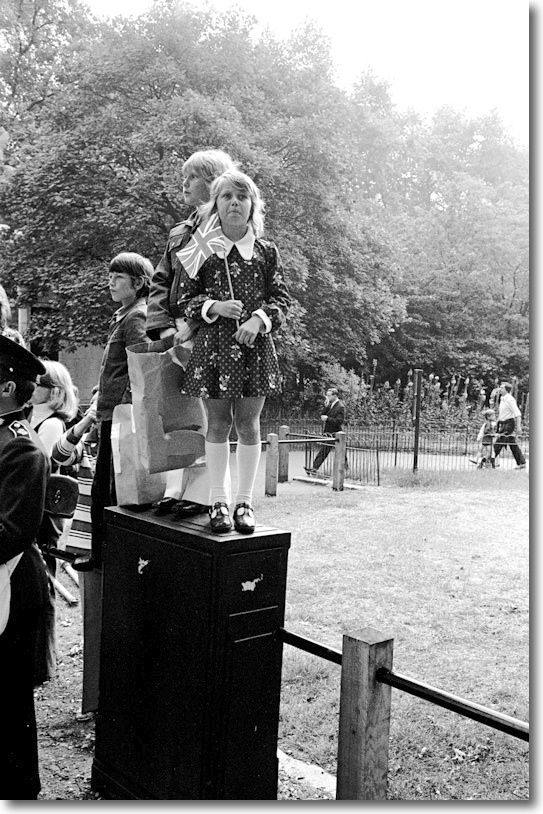A master of the candid photograph.
Before the Leica popularized the candid snap in the hands of the likes of Cartier-Bresson, there was Erich Salomon (1886-1944) and his Ermanox.
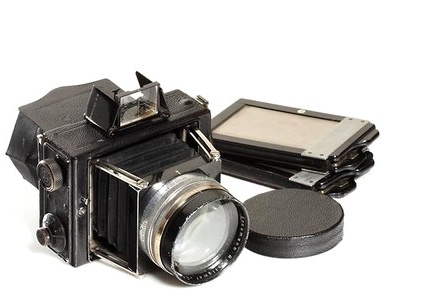
With f/1.8 lens and plates.
The lens was very fast for the time and the body took glass plates 6 x 4.5cm (2.4″ x 1.8″). Leicas came with an f/3.5 Elmar as standard, whereas the faster 50mm Leitz f/2 Summar was not introduced until 1933. By contrast, the Ermanox with its f/1.8 lens was first sold by Ernemann, a German maker, in 1924, so it’s not hard to see why Salomon favored it. 2 stops may not seem that much in the day of 6,400 ISO digital, but film was 5-10 ISO at best back then, a full 10 stops slower! In addition to the faster lens, the negative only needed half as much enlargement for the same size print compared to the Leica, reducing apparent movement blur and grain.
Clunky as the camera may be, with the plates meaning only one snap at a time, this German master made the best of what he had, and pulled off great photojournalistic snaps in the 1920s and 1930s before the Nazi killing machine chewed him up at Auschwitz. Salomon was a German Jew, training in engineering and law before devoting himself to photography, something we can all be grateful for.
I was vividly reminded of his work when contemplating the current spectacle of Europe’s evil, corrupt men (and now women) destroying all around them in the interest of self rather than that of their fellow human beings. They call this a Union?
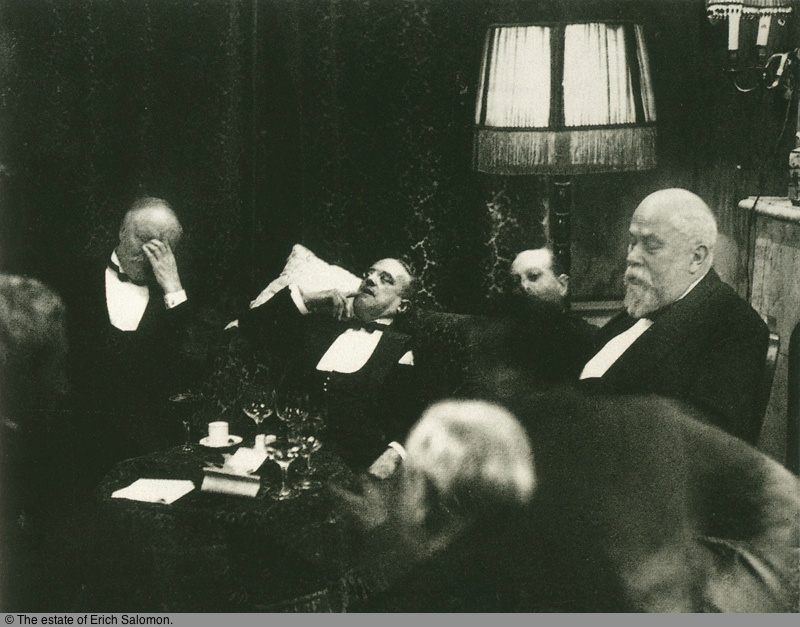
Evil men, wondering how to safeguard their supply of brandy and cigars.
The picture shows various purported diplomats at the 1930 Second Hague Reparation Conference where the assembled victors of 1918 are trying to figure out how to squeeze dry what is left of Germany in the name of war reparations. Brilliant economic concept that – tax the poor into oblivion, drive them to extremism. Among the collected toadies are Louis Loucheur, French Minister of Labor, holding his hands to his eyes, the poor tired dear; French Premier André Tardieu wondering when the cognac would run out. Next is Germany’s Foreign Minister Dr. Julius Curtius, (all Germans are Doctors, it’s a well known fact), yet to realize that he would soon be so much chopped meat. Henri Cheron, French Finance Minister, is on the right, seated in the high-backed chair, hoping his mistress is in town.
What caused this flashback? After all, these were pictures I had first seen when knee high to a grasshopper. Well, just look what is being done to the poor nations of Europe right now by the rich ones. And it’s the same lot, with all their expenses paid by the taxpayer, residing in their fancy palaces, transported in chauffeur driven bulletproof limousines, with legions of servants, wondering how to best screw the taxpayer while preserving their life of comfort and sloth.

Former French Prime Minister Aristide Briand points to
Salomon whom he dubbed ‘The King of Indiscretion”. 1930.
Such a witty, charming rogue, that Aristide.
How sad that Erich Salomon was murdered by the same evil men whom he so ably portrayed. Truly a great photojournalist.
